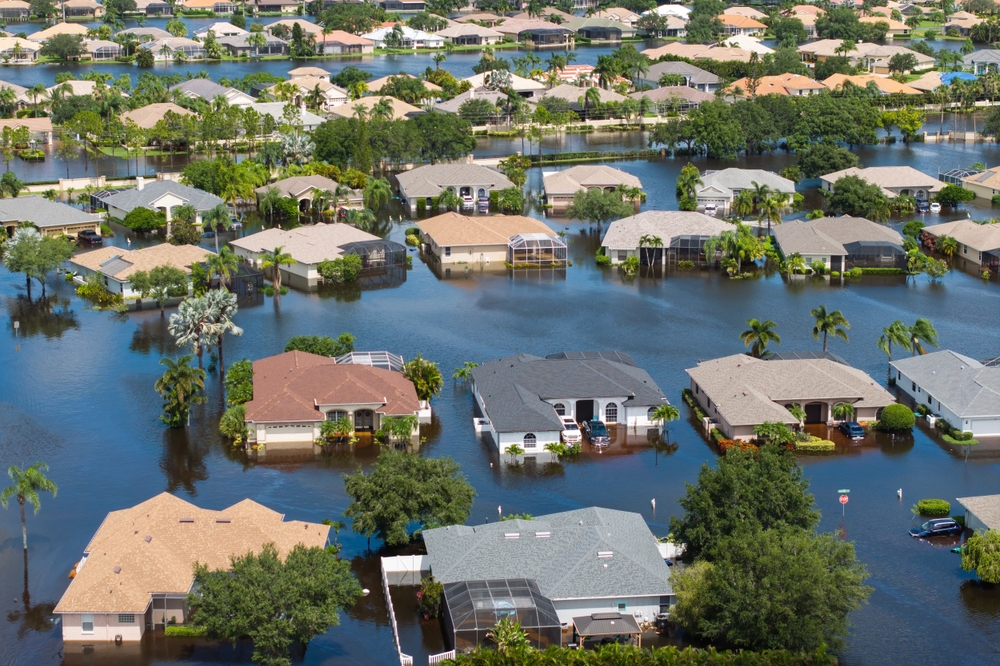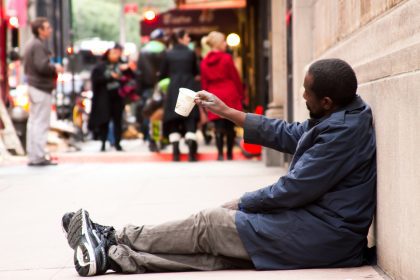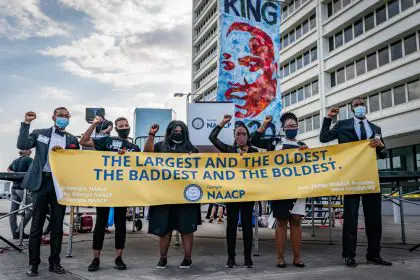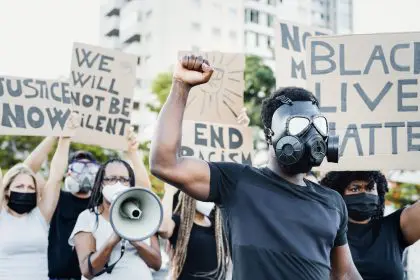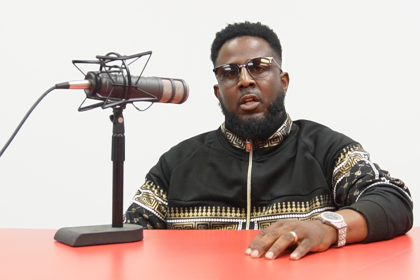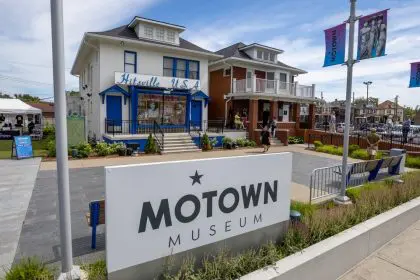Natural disasters can strike without warning, leaving vulnerable communities in urgent need of assistance. Yet, research reveals a troubling reality – federal disaster relief often fails to reach Black Americans equitably. As the climate crisis intensifies, understanding and addressing these disparities is crucial for securing the future of our communities.
Unequal burdens, uneven support
A recent EPA report underscores that communities of color are disproportionately located in areas projected to be severely impacted by climate change. This harsh reality is compounded by data showing Black Americans receiving significantly less federal funding from the Federal Emergency Management Agency (FEMA) compared to their white counterparts after natural disasters.
The roots of this inequity lie in a long history of redlining and discriminatory housing policies. Decades of financial exclusion have left predominantly Black neighborhoods underinsured and underfunded, setting the stage for disparities in disaster relief. When storms, floods or extreme heat strike, the consequences become even more pronounced.
Gaps in coverage, gaps in assistance
The insurance landscape reflects these systemic imbalances. Studies indicate that urban areas with higher Black populations often face higher insurance rates, leaving residents more vulnerable. And the disparities in assistance are staggering – research shows that in disaster-affected counties, Black residents receive an average of $27,000 in aid, while white residents receive up to $126,000.
This crisis is exacerbated by the fact that Black Americans are more likely to be renters, rather than homeowners. With over half of the Black community living in rental properties, they frequently lack the protections and coverage that homeownership provides.
A case study in inequity
The aftermath of Hurricane Harvey in 2017 serves as a sobering case study. A Kaiser Family Foundation report revealed that while 34% of white residents’ FEMA assistance applications were approved, a mere 13% of Black residents’ applications received the green light – despite communities of color bearing the brunt of the storm’s impact.
A looming climate crisis
As the climate crisis accelerates, experts warn that these disparities will only intensify. Projections indicate that communities with significant Black populations along the Gulf of Mexico, in the Southeast, and in Texas face a 40% higher risk of flooding in the coming years.
Glimmers of hope
In the face of these daunting challenges, there are signs of progress. Following President Biden’s executive order aimed at supporting underserved communities, FEMA has taken steps to simplify its eligibility process and reprioritize casework. As a result, over 124,000 survivors accessed more than $709 million in assistance they would have previously been ineligible to receive.
Weathering the storm, together
While the road ahead may be rocky, seasoned Black professionals possess the resilience and resourcefulness to weather any storm. By cultivating strong professional networks, prioritizing mental health and passing their knowledge to the next generation, they are not only securing their own futures, but also paving the way for greater equity in disaster relief.
As we confront an uncertain climate future, it is imperative that we address the systemic issues preventing Black communities from accessing the support they need. Only then can we truly build a future where all people, regardless of race or socioeconomic status, can weather the storms and thrive in the face of adversity.

